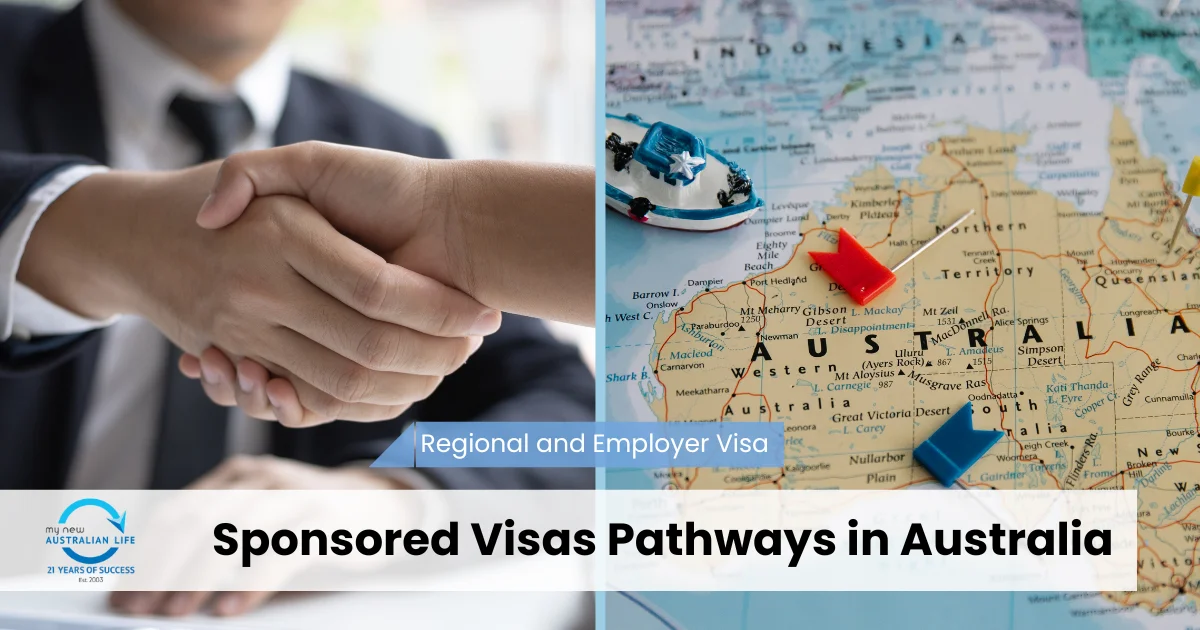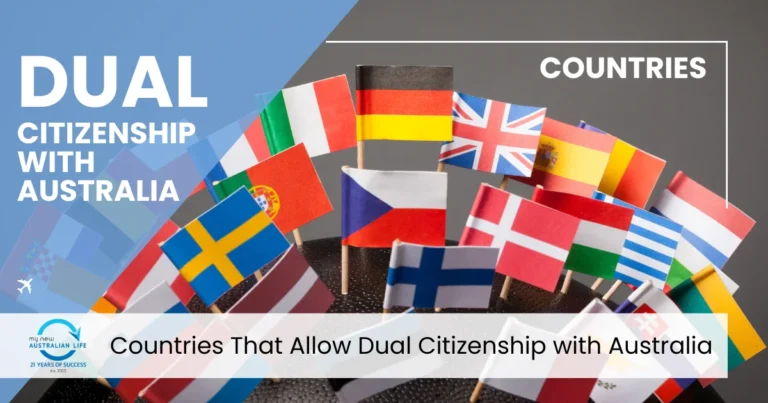Australia offers several pathways for skilled workers to secure permanent or temporary residency through employer-sponsored and regional sponsorship programs. These visas are essential for addressing labor shortages in high-demand areas, especially in regional parts of the country. Here, we explore the key visa options, requirements, and benefits.
Key Employer-Sponsored Visas
- Temporary Skill Shortage (TSS) Visa (Subclass 482)
- Purpose: Allows employers to sponsor overseas workers for skilled positions they cannot fill locally.
- Streams:
- Short-Term Stream: For occupations on the Short-Term Skilled Occupation List (STSOL), valid for up to 2 years.
- Medium-Term Stream: For occupations on the Medium and Long-Term Strategic Skills List (MLTSSL), valid for up to 4 years and a pathway to permanent residency.
- Eligibility:
- Relevant skills and experience.
- Occupation listed on the eligible skilled occupation lists.
- English proficiency.
- Processing Time: 2-8 months (varies by stream).
- Employer Nomination Scheme (ENS) Visa (Subclass 186)
- Purpose: Grants permanent residency to skilled workers sponsored by an Australian employer.
- Streams:
- Direct Entry Stream: For workers who meet skills assessment requirements and have 3 years of experience.
- Temporary Residence Transition Stream: For 482 visa holders transitioning to permanent residency.
- Eligibility:
- Nomination by an approved employer.
- At least 3 years of relevant work experience (for most streams).
- Regional Sponsored Migration Scheme (RSMS) Visa (Subclass 187)
(This visa has been replaced by Subclass 494 for new applications.) - Skilled Employer-Sponsored Regional (Provisional) Visa (Subclass 494)
- Purpose: Encourages skilled migration to regional areas by offering a pathway to permanent residency.
- Key Benefits:
- 5-year visa with work rights.
- Eligibility for permanent residency after 3 years.
- Requirements:
- Job offer in a regional area.
- Occupation listed on the Regional Occupation List (ROL).
People also Read: 190 Visa Application Cost: A Complete Guide
Eligibility Requirements for Employer-Sponsored Visas
| Criteria | Details |
|---|---|
| Occupation List | Must be on the relevant occupation list (STSOL, MLTSSL, or ROL). |
| Employer Nomination | Must be sponsored by an approved Australian employer. |
| Skills Assessment | Must meet skills and qualifications requirements for the nominated role. |
| English Proficiency | IELTS or equivalent scores as per visa stream requirements. |
| Health and Character | Must meet health and character standards set by the Department of Home Affairs. |
Benefits of Regional Sponsorship Pathways
- Priority Processing
Regional visa applications often receive faster processing times. - Additional Points for PR Pathways
Applicants for regional sponsorship visas receive extra points towards permanent residency (e.g., Subclass 491 offers 15 points). - Lifestyle Advantages
Regional areas offer lower living costs, vibrant communities, and a better work-life balance.
Employer-Sponsored Visa Application Process
| Step | Description |
|---|---|
| Step 1: Employer Nomination | Employer identifies a skilled worker and submits a nomination application. |
| Step 2: Visa Application | Worker submits their visa application with required documentation. |
| Step 3: Visa Processing | Department of Home Affairs processes the application. |
| Step 4: Approval | If approved, the worker can commence employment in Australia. |
People also read: Support Letter Sample for Immigration – Simple Guide
Cost Comparison for Employer-Sponsored Visas
| Visa Subclass | Application Fee (AUD) | Additional Fees (AUD) (e.g., dependents, skills assessment) |
|---|---|---|
| Subclass 482 (TSS) | $1,330 – $2,770 | Skills assessment: $500-$1,000; Dependents: $700 each |
| Subclass 186 (ENS) | $4,240 | Health checks: $300; Dependents: $2,120 each |
| Subclass 494 (Regional) | $4,045 | Additional dependent fees apply |
Pathways to Permanent Residency
- Subclass 186 (ENS) and Subclass 494 allow pathways to permanent residency after fulfilling work and residency requirements.
- Workers transitioning from a Subclass 482 visa may apply for permanent residency through the Temporary Residence Transition Stream.
People also read: Permanent Residency in Australia: Pathways and Benefits Explained
Why Choose Regional Sponsorship Pathways?
- Increased Opportunities: Employers in regional areas are often more willing to sponsor skilled migrants.
- Pathway to PR: Many regional visas offer a direct route to permanent residency.
- Government Incentives: Priority processing and extra points for regional areas boost the attractiveness of these pathways.
Employer-sponsored visas and regional sponsorship pathways provide excellent opportunities for skilled workers to work and settle in Australia. Whether you’re seeking temporary work opportunities or a long-term pathway to permanent residency, understanding these programs is essential for a successful migration journey.
Need assistance navigating the visa application process? Contact Us Today for expert guidance!






